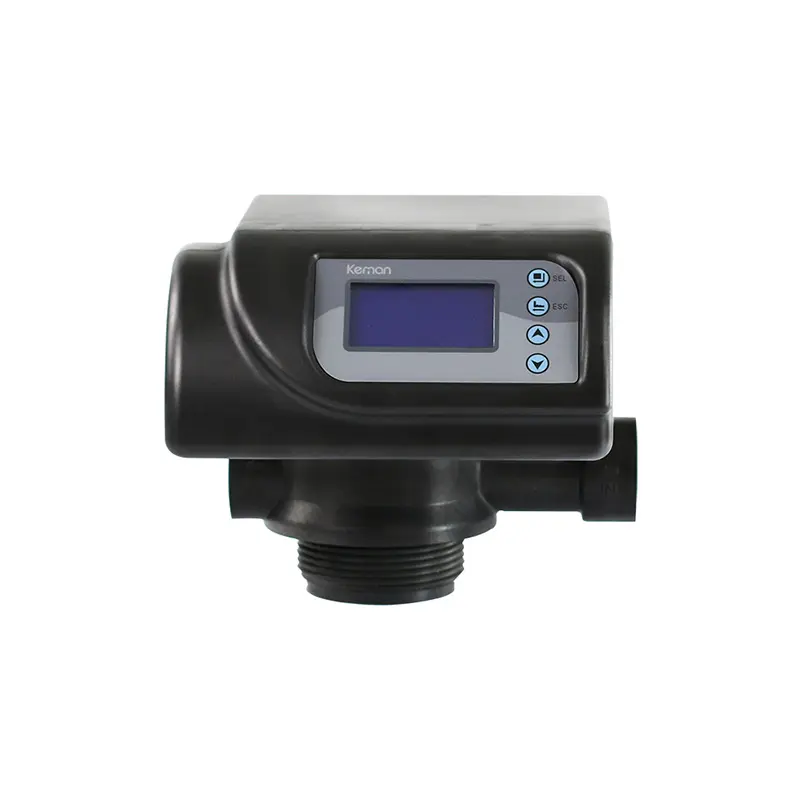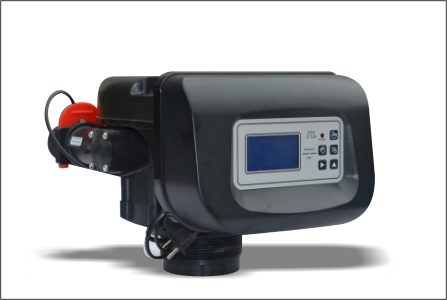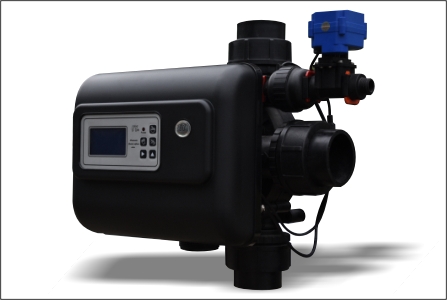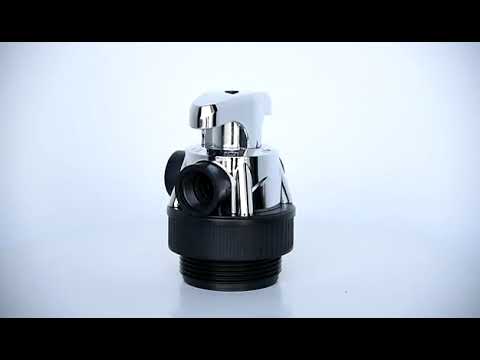Table of Contents
Understanding Different Types of Water Softener Valves
Water softeners are essential household appliances that help to improve the quality of water by reducing its hardness. The heart of these systems is the water softener valve, a critical component that controls the flow of water and the regeneration process. Understanding the different types of water softener valves can help you make an informed decision when purchasing a water softener or when replacing a faulty valve.
The first type of valve that is commonly used in water softeners is the manual valve. As the name suggests, this type of valve requires manual operation to control the flow of water and the regeneration process. The user has to manually turn the valve to the desired position to start or stop the flow of water. Manual valves are simple in design and are often less expensive than other types of valves. However, they require more effort from the user and may not be as efficient as other types of valves.
Next, we have the timer-based valves. These valves are programmed to regenerate at specific intervals, typically every few days, regardless of the amount of water used. This type of valve is more convenient than a manual valve as it does not require constant attention from the user. However, it may not be the most efficient option as it does not take into account the actual water usage. This means that the system may regenerate even when it is not necessary, wasting water and salt.
On the other hand, the metered or demand-initiated regeneration (DIR) valves are designed to regenerate based on the actual water usage. These valves have a meter that measures the amount of water used and triggers the regeneration process when a certain amount of water has been softened. This type of valve is more efficient than timer-based valves as it only regenerates when necessary, saving water and salt. However, it may be more expensive and complex to install and maintain.
Lastly, we have the digitally controlled valves. These are the most advanced type of water softener valves. They are programmed to monitor the water usage and hardness level, and adjust the regeneration process accordingly. These valves offer the highest level of efficiency and convenience, but they are also the most expensive.
In conclusion, the type of water softener valve you choose depends on your specific needs and budget. If you are looking for a cost-effective option and do not mind manual operation, a manual valve may be the right choice for you. If you prefer convenience and efficiency, a metered or digitally controlled valve may be a better option. Regardless of the type of valve you choose, it is important to ensure that it is properly installed and maintained to ensure the optimal performance of your water softener system.
A Comprehensive Guide to water softener valve Types
Water softeners are essential household appliances that help to improve the quality of water by removing minerals such as calcium and magnesium, which cause water hardness. The heart of any water softener system is the valve, which controls the flow of water and the regeneration process. Understanding the different types of water softener valves can help you make an informed decision when purchasing or maintaining a water softener system.
| Economical GL-2 | |||
| Model | GL2-2 Meter/ LCD | GL4-2 Meter/ LCD | GL10-2 Meter/ LCD |
| Output Max | 4T/H | 7T/H | 15T/H |
The most common type of water softener valve is the manual valve. As the name suggests, manual valves require the user to manually control the regeneration process. This involves turning a knob or lever to initiate the process, which can be time-consuming and inconvenient. However, manual valves are often more affordable and easier to repair than other types, making them a popular choice for budget-conscious consumers.
Next, we have the timer-based valves. These valves are programmed to regenerate at specific intervals, typically every few days. The advantage of timer-based valves is that they require less user intervention than manual valves. However, they may not always provide optimal performance, as they regenerate based on time rather than actual water usage. This can lead to unnecessary water and salt consumption if the water usage is lower than expected, or insufficient softening if the water usage is higher than expected.
Metered valves, also known as demand-initiated regeneration (DIR) valves, offer a more sophisticated solution. These valves monitor the amount of water used and only initiate the regeneration process when a certain amount of water has been softened. This ensures that the system operates at maximum efficiency, reducing water and salt consumption. However, metered valves are typically more expensive and complex to install and maintain than other types.

Another type of water softener valve is the proportional brining valve. This advanced valve adjusts the amount of salt used during the regeneration process based on the hardness of the incoming water. This results in significant salt savings and ensures that the water is not over-softened, which can lead to a slippery feel. Proportional brining valves are typically found in high-end water softeners and may not be necessary for households with consistent water hardness levels.

Finally, we have the twin-tank valves. These valves control two separate resin tanks, allowing one tank to be in service while the other is regenerating. This ensures a continuous supply of softened water, even during the regeneration process. Twin-tank valves are ideal for large households or businesses with high water usage, but they are more expensive and require more space than single-tank systems.
| Model | MSD2 | MSD4 | MSD4-B | MSD10 | ASD2 -LCD/LED | ASD4-LCD/LED | ASD10-LED |
| Working Position | Service->Back wash->Brine and slow rinse->Fast rinse->Refill->Service | ||||||
| Regeneration mode | Manual | Automatic | |||||
| Inlet | 3/4” | 1” | 1” | 2” | 1/2”, 3/4”, 1” | 1/2”, 3/4”, 1” | 2” |
| Outlet | 3/4” | 1” | 1” | 2” | 1/2”, 3/4”, 1” | 1/2”, 3/4”, 1” | 2” |
| Drain | 1/2” | 1/2” | 1/2” | 1” | 1/2” | 1/2” | 1” |
| Base | 2-1/2” | 2-1/2” | 2-1/2” | 4” | 2-1/2” | 2-1/2” | 4” |
| Riser pipe | 1.05”OD | 1.05”OD | 1.05”OD | 1.5”D-GB | 1.05”OD | 1.05”OD | 1.5”D-GB |
| Water Capacity | 2m3/h | 4m3/h | 4m3/h | 10m3/h | 2m3/h | 4m3/h | 10m3/h |
| Working Pressure | 0.15-0.6MPa | ||||||
| Working Temperature | 5-50°C | ||||||
| Power Supply | No Need Power | AC100-240V/50-60Hz DC12V-1.5A | |||||
In conclusion, the type of water softener valve you choose should depend on your specific needs and circumstances. Manual and timer-based valves are suitable for budget-conscious consumers and those with consistent water usage patterns. Metered valves and proportional brining valves offer greater efficiency and customization, but at a higher cost. Twin-tank valves provide uninterrupted soft water supply, making them ideal for high-usage applications. By understanding these different types, you can make an informed decision that ensures you get the most out of your water softener system.





